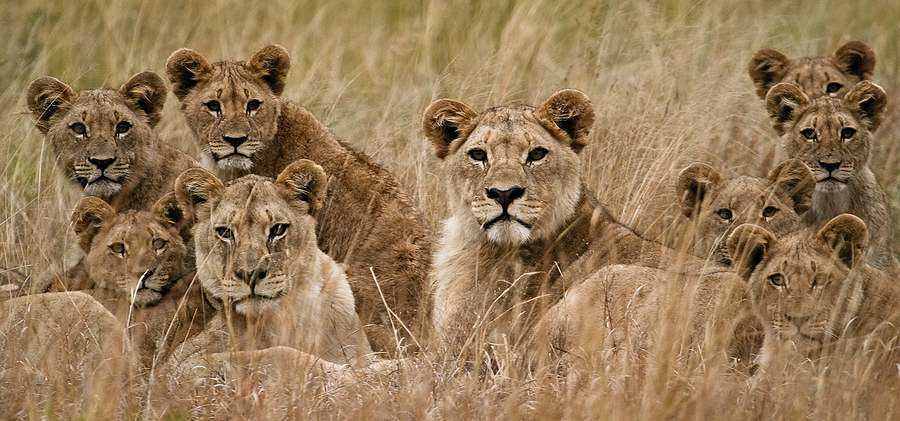There’s no denying that the animal kingdom is full of surprises. From the tiny but mighty hummingbird to the gargantuan blue whale, there’s an incredible amount of diversity among Earth’s many creatures. And while we often think of animals as being limited to four-legged mammals or scaly reptiles, the truth is that there are all sorts of fascinating creatures out there, each with its own unique set of behaviors and adaptations. Whether you’re marveling at the strength of a wildebeest or the speed of a cheetah, it’s hard not to be awestruck by the wonders of the animal kingdom. In fact, most animals on our planet are vital to the surrounding ecosystem. These are known as keystone species.
Continue below to learn more facts about keystone species, including one Virginia bat that will surprise you!

Keystone Species are Vital
A keystone species is a plant or animal that plays a critical role in the structure and function of an ecosystem. For example, large predators help to keep populations of their prey in check, which can help to maintain the balance of an ecosystem. Keystone species can also be important for pollination, seed dispersal, and other vital processes. When a keystone species is removed from an ecosystem, it can cause drastic changes that can result in the collapse of the entire system.
Examples of Keystone Species
There are many examples of keystone species in the natural world. One of the most well-known is the African lion. These predators help to control the populations of their prey, which can prevent overgrazing and keep the delicate balance of the ecosystem in check. Another example is the giant sequoia tree. These trees are some of the largest living organisms on Earth and play a vital role in sequestering carbon dioxide from the atmosphere. Without them, our planet would be a much different place.
Humans can also have an impact on ecosystems as a keystone species. For better or for worse, our actions can cause drastic changes to ecosystems around us. We can inadvertently introduce invasive species that disrupt native ecosystems, or we can create pollution that harms or even kills plants and animals.
We can also choose to protect and conserve keystone species and their habitats, which can help to ensure the health of ecosystems around the world. No matter what our impact is, it’s important to remember that we are a part of the natural world, and our actions can have far-reaching consequences.
The Virginia Big-Eared Bat
The Virginia Big Eared Bat (Corynorhinus townsendii virginianus) is a keystone species, meaning that its extinction would have a devastating ripple effect throughout the ecosystem. This bat is a subspecies of the Townsend’s big-eared bat, a species of vesper bat found in North America. This subspecies is endemic to Virginia, United States. The Virginia big-eared bat is listed as a Species of Concern by the US Fish and Wildlife Service. It is also state-listed as endangered in Virginia. The primary threat to this species is habitat loss and fragmentation.
Are you dealing with nuisance bat problems or bats in the attic? You need a safe solution. Contact Virginia Bat Pros at 804-729-9097 for licensed and insured bat removal and control you can afford. We serve residential and commercial clients.
Related Posts:
The Ecological Importance of Bats
The 4 Federally Endangered Bats in Virginia
Which Bats are Most Common in the Western Parts of Virginia?
